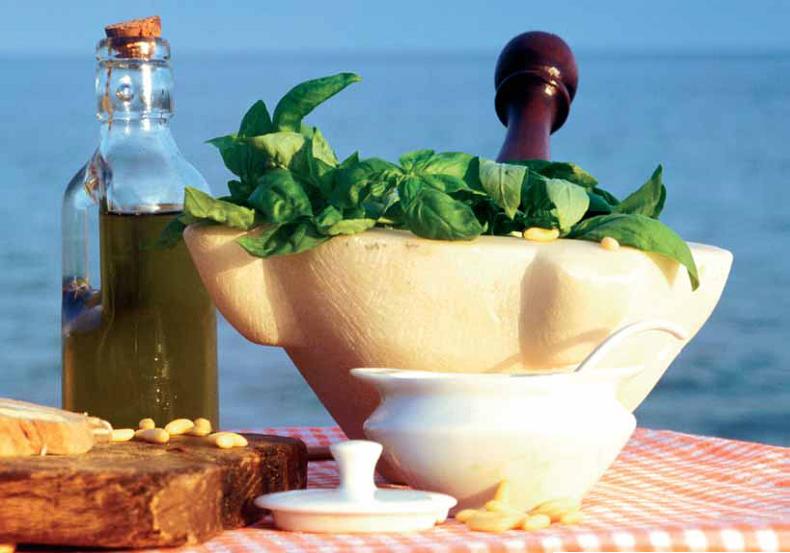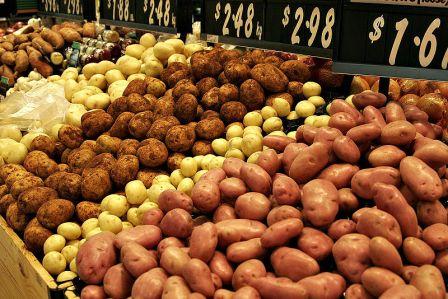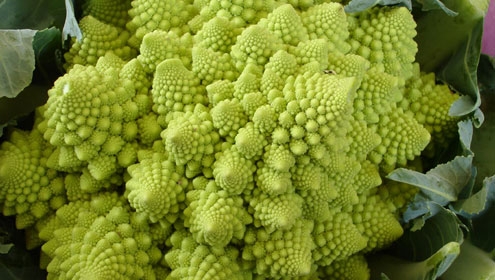
.
Pesto Genovese was one of our most popular signature dishes at Bellavitae. People would travel across town just to experience this simple yet sublime celebration of Italy’s most seductive herb – basil. Guests would frequently ask for the dish in the dead of winter! Of course we would explain that they would need to wait until summer – when basil was at the height of its season – to enjoy the delectable sauce.
Pesto is a centuries-old recipe, where Mediterranean-grown basil is combined with a hint of delicate mountain-grown Vessalico garlic, to which is added Italy’s two most famous aged cheeses – Parmigiano-Reggiano and Pecorino. Add some Italian pine nuts [pinoli] and the cleanest, sweetest sea salt from Cervia. Trickle in the fruitiest, most sublime Taggiasca olive oil and presto! – Pesto Genovese.
So why are we talking about this summer dish in, well, the dead of winter?
Every January 17th — for the last four years — the Virtual Group of Italian Chefs (GVCI) promotes one authentic Italian recipe on its International Day of Italian Cuisines (IDIC). We were honored to participate last year with Tagliatelle al Ragù Bolognese, another Bellavitae signature dish. The previous years featured Pasta alla Carbonara and Risotto alla Milanese. This year, of course, it’s Pesto Genovese.
The International Day of Italian Cuisines is born from a mission, as explained by Rosario Scarpato, GVCI Honorary President and IDIC 2011 Director:
“We certainly aim at educating worldwide consumers, but more than anything else, we want to protect their right to get what they pay for when going to eateries labeled as ‘Italian’; that is, authentic and quality Italian cuisine.”
So in celebratory spirit we again participate this year. The weather outside may be cold, but think of the following as a virtual culinary vacation to the Italian Riviera. Bookmark this page and return to it during the summer when basil is in full season. Follow the detailed recipe within and discover why Pesto Genovese has remained one of Italy’s most famous dishes.



